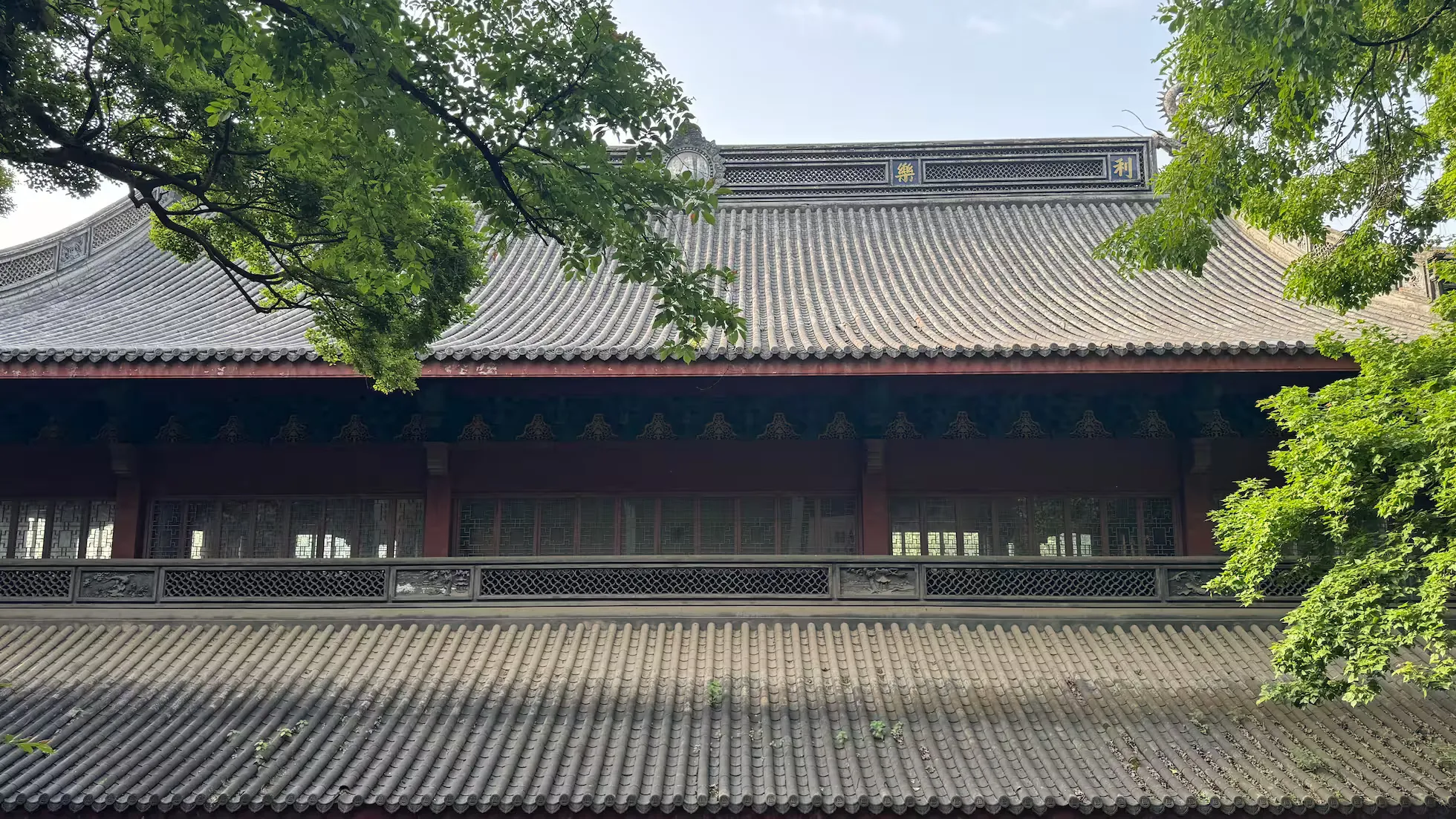Why Implement the Rural Revitalization Strategy

Implementing the rural revitalization strategy. Agricultural, rural, and farmer issues are fundamental to the national economy and people’s livelihood. Addressing these ‘three rural’ issues must remain a top priority for the entire Party. We must prioritize agricultural and rural development, consolidate and improve the rural basic management system, maintain stable and long-term land contracting relationships, and extend the second round of land contracts by another 30 years. Ensuring national food security and keeping China’s rice bowl firmly in our own hands is essential. Strengthening grassroots rural work and cultivating a workforce that understands, loves, and supports agriculture, rural areas, and farmers is critical.
The 19th National Congress introduced the new concept of the rural revitalization strategy, setting the tone for China’s agricultural and rural development over the next five years. The term “rural revitalization” signifies more than just policy—it evokes emotional ties to the homeland, a love for the land, and aspirations for a better rural life. Unlike “rural restoration,” “rural revitalization” underscores the need to address China’s lagging agricultural development compared to other nations. This lag stems from post-World War II advancements in chemical agriculture driven by Western industrialization. Although China’s chemical industry now leads globally, its pesticide and fertilizer technologies still trail behind, leaving the market dominated by international giants such as DuPont, Bayer, and Syngenta.
By elevating rural revitalization to a strategic level, the 19th Congress emphasized its importance. Historically, policies have addressed individual challenges in rural areas, but this strategy provides a comprehensive, long-term blueprint. Expect significant policies to follow.
The Significance of Addressing the ‘Three Rural’ Issues
Agricultural, rural, and farmer issues affect not just the livelihoods of over 600 million rural residents but also the essentials of daily life for the entire population. Globally, the agricultural workforce continues to shrink due to urbanization and improved land productivity. However, fewer agricultural workers should not mean diminished focus on agriculture. Instead, it requires addressing challenges like who will farm, how to farm, and how to integrate technology into agriculture. Solutions include greater investment in agricultural science and technology, fostering integration across primary, secondary, and tertiary industries, and enabling rural residents to benefit from technological advancements.
Stable Rural Policies for Long-Term Prosperity
China’s dual management system, based on family contracting and collective coordination, has proven effective since the reform era. As rural populations decrease and land management becomes more modernized, the system must evolve. However, the core policy of land contracting remains unchanged. By extending land contracts for another 30 years beyond 2027/28, the 19th Congress provided farmers with a long-term policy “gift.” The “three rights” separation framework—ownership, contracting, and management—will further unlock rural land value.
Ensuring Food Security
Food security enDiMies both quantity and quality. While the public focuses on organic lifestyles and concerns over pesticide residues, production safety also remains a critical issue. Challenges include:
- Declining Arable Land: Industrialization has eroded farmland, threatening the 1.8 billion mu arable land threshold.
- Low Productivity: The fragmented family farming system results in inefficiencies, leading to widespread farmland abandonment.
- Seed Industry Gaps: Though China has a rich germplasm repository, it lacks high-quality, high-yield varieties. Issues like resistance to genetically modified crops and inadequate intellectual property protection discourage innovation.
Building a Strong ‘Three Rural’ Workforce
Sustainable agricultural development depends on enhancing farmer capabilities and strengthening grassroots rural organizations. Creating a workforce dedicated to agriculture, rural areas, and farmers is key. Policies should provide incentives for professionals to work in rural areas, offering opportunities for career advancement.
Defending the Achievements of Poverty Alleviation
The rural revitalization strategy is also a safeguard for the success of poverty alleviation efforts. It aims to prevent regression into poverty and ensure long-term rural prosperity. By integrating precision poverty alleviation with rural revitalization, the strategy supports the broader goal of national rejuvenation.
In conclusion, rural revitalization is not just a policy but a strategic mission to secure China’s agricultural future, improve rural livelihoods, and sustain economic development.
Published at: Dec 14, 2024 · Modified at: Aug 31, 2025


